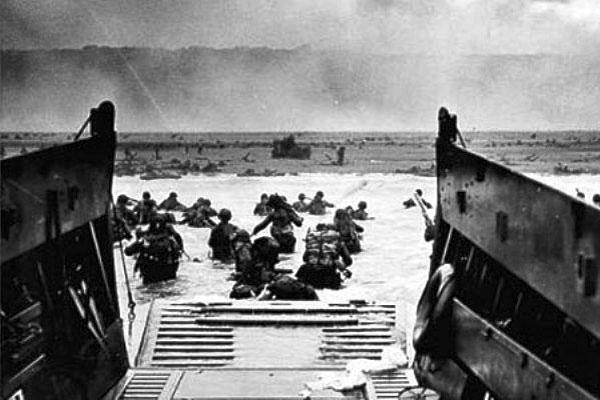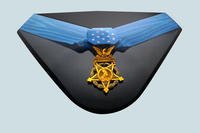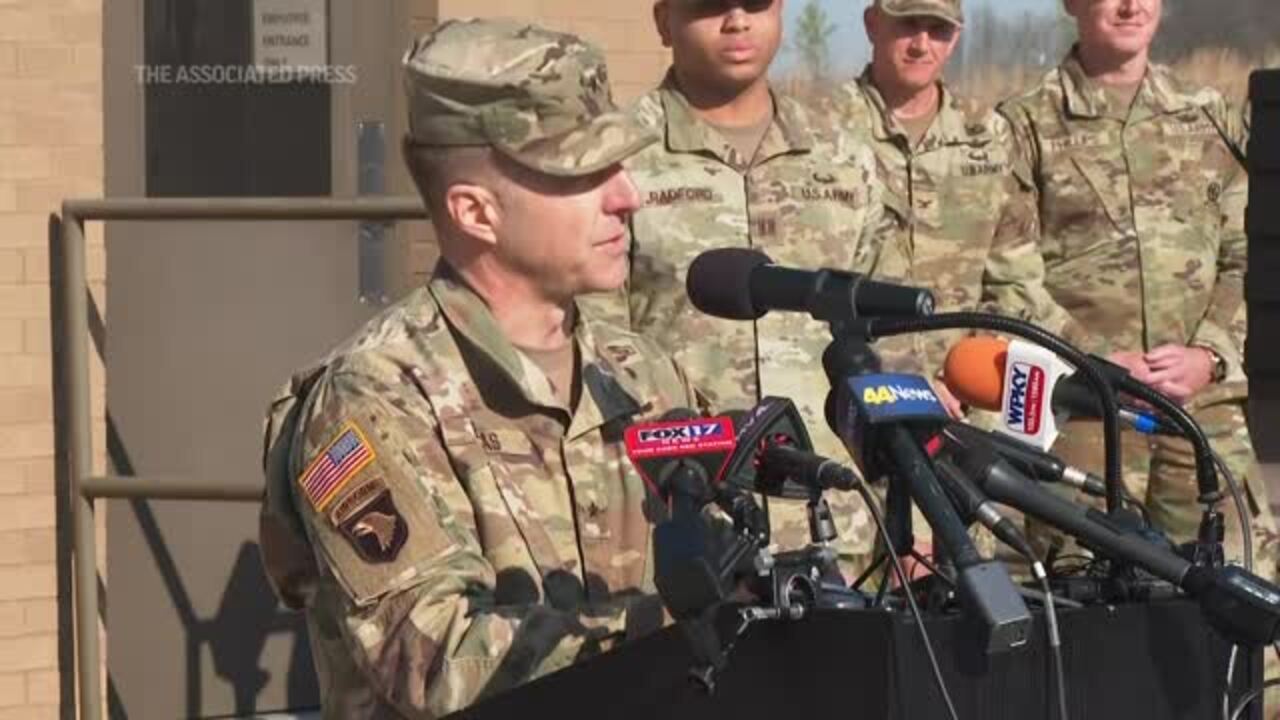As time proceeds, memories diminish, and the significance ebbs into oblivion. Occasional bursts of remembrance may capture a moment in time and permit some symbolic gesture of recognition for an event that occurred 70 years ago: the Normandy invasion. Presidents, prime ministers, royalty and a panoply of civilization will assemble on the week of June 6 to commemorate that profoundly historic event and pledge fealty to its spirit and sacrifice. The beaches will be serenaded by bands, banners, pomp and circumstance. Speeches will be made by elected and appointed leaders of nations, recounting the events and their meanings. Then, as quickly as they assembled, the crowds will disappear and the events they came to commemorate will drift with the tide. But the real meaning of Normandy and what happened there on June 6, 1944, will live on in the rural towns and villages of the Cotentin Peninsula, where the invasion is more than an annual date to circle on the calendar. Such a place is Hemevez.
Hemevez is a small, obscure farm town near the more populated city of Picauville. One would need an acute desire to visit and a great sense of navigation, or be hopelessly lost, to encounter it. Yet on the slight high ground of the village center resides what inhabitants believe Normandy and the invasion was all about.
The hill is dominated by a small church and a copse of trees. The church is encircled by a graveyard several hundred years old and monuments to the various wars that the men of Hemevez have fought. The monuments are near an open farm field and gathered together, much like the gravestones of the past. On one edge, in an open, sunny place, is a particularly unique marker of polished black granite with gold letters. Unlike the others, it is not an obelisk but a rectangle. There are words and names incised on it and lettered in gold. A small gravel walkway leads from the church to the front of this monument. It truly stands alone among the others. It is treated as such.
Across the top are simple words in French: "In Remembrance of the Fallen Soldiers 6 June 1944." Under that are seven names, all members of the 507th Parachute Infantry Regiment, 82nd Airborne Division. On the night of June 6, 1944, 14 soldiers of Headquarters, 1st Battalion, 507th PIR were misdropped over the small village of Hemevez at around 0240, and seven were captured by the local German unit. On the back of the monument is another message, also in French:
In memory of the 7 American Parachutists of the 82nd Airborne Division who were executed in the vicinity of this community 6 June 1944
The seven captured men were lined up and shot in a field near the church. The villagers buried them within the grounds and later, as the Allies cleared the area, repatriated the bodies. The villagers, however, did not forget the seven or what they signified. They built the monument in their memory, and each year, during the anniversary period, the entire village gathers in the churchyard and remembers those teenagers of long ago and what they meant for their grandparents, for them, and for succeeding generations.
This is not a contrived event. Hemevez is as obscure as a distant rural French village can be. No one remarkable, French or American, appears there except on the rarest of occasions, and then it's often by chance. This is not important to the village. The residents know why they assemble and why it matters.
The sun peaks over the roof of the church. Next to the monument, the mayor takes his place. A farmer by trade, he is wearing his best and only suit and tie, with a stained shirt and shoes still muddy with the residue of his livelihood. The prefect of the church has an old CD player. Next to them, in line, are the local historical representatives of the French Resistance, Army units and Foreign Legion, with their flags. They are humbly dressed, like the mayor.
Any attendees not from the village are brought forward to a place of honor. The mayor begins by playing the U.S. national anthem from a CD, a somewhat broken and stuttering reproduction. He then plays "La Marseillaise." Every citizen, as is the French custom – including the flag bearers – sings lustily and with emphasis. At the conclusion, donkeys in the adjacent field begin to bray, lending a concluding chorus to the affair.
The mayor signals for the CD to be stopped and, ignoring the braying, quietly recounts the events of that night so long ago. The villagers stand mute, thinking about the words that describe what happened. The mayor pauses and begins again.
He quietly reads each name graven in gold:
Pfc Elsworth M. HECK
Pvt Anthony J. HITZTALER
Pvt Andrew W. KLING
Pvt Delmar C. McELHANEY
Pfc Daniel B. TILLMAN
Pvt Robert G. WATSON
Pvt Robert E. WERNER
At the conclusion of each name's reading, villagers firmly voice in unison, "Mort por la France." After the seventh name is read, the mayor turns to the village priest, who prays. Most of the residents cross themselves, turn quietly and depart. Some linger and drop flowers by the monument. The cattle peer through the wire as the ceremony closes. The donkeys feed in the tall grass, and the sun settles behind the church.
Every year, the village repeats this ceremony. Every year, they repeat the names and remember what they mean, in a part of Normandy unseen by the thousands who come each year and never happen upon Hemevez. Being seen is not important to the village. They know why they come together and why they always will.
Retired U.S. Army Col. Keith Nightingale is a military history writer and frequent contributor to The American Legion Magazine.












